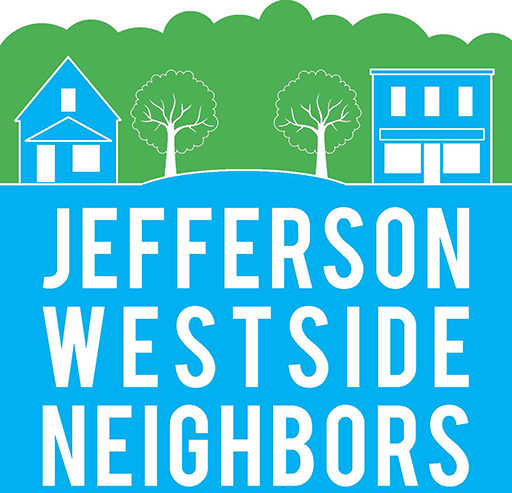2022-02-28
Stand with Ukraine
Support freedom, democracy, and self-determination
 Here’s how you can help (from Washington Post):
Here’s how you can help (from Washington Post):- Voices of Children, a charitable foundation based in Ukraine, has been serving the psychological needs of children affected by the war in the country’s east since 2015, according to its website. The group’s psychologists specialize in art therapy and provide general psychosocial support with group classes or individual sessions. Many of its psychologists are based in the regions of Luhansk and Donetsk, areas that have long been controlled by Russian-backed separatists and that are on the front lines of the current, wider conflict. Now, Voices of Children is providing assistance to children and families all over Ukraine, even helping with evacuations. You can donate here.
- Journalists with the Kyiv Independent have done tremendous work covering the war, offering the world constant updates as they fear for themselves, their families and their homes. The Independent has started a GoFundMe asking for support, but they’ve also promoted a separate GoFundMe — “Keep Ukraine’s media going” — for journalists around the country who have received less international attention. “[Ukraine’s reporters] have shown extraordinary courage, but the reality on the ground is that most operations cannot continue from Ukraine alone,” one organizer wrote. “This fundraiser is aimed at helping media relocate, set-up back offices and continue their operations from neighboring countries.”
- José Andrés, the beloved D.C. chef famous for feeding people in need around the world, is already in Europe with his World Central Kitchen team helping provide “thousands of meals in Poland, Romania and even inside Ukraine,” he wrote on Twitter. Anyone who wishes to donate to the efforts can go here.
- Razom for Ukraine was founded in 2014 and has since launched efforts to build a stronger democracy in the country. Now, according to its website, the nonprofit is “focused on purchasing medical supplies for critical situations like blood loss and other tactical medicine items. We have a large procurement team of volunteers that tracks down and purchases supplies and a logistics team that then gets them to Ukraine.” Razom — which means “together” in Ukrainian — posted a list of the lifesaving supplies it has already purchased and is asking for more support here.
- Click on the website for Care, the international humanitarian juggernaut, and a pop-up window appears. “UKRAINE EMERGENCY,” the alert says, with a photo of a woman holding a child. “Families in Ukraine are fleeing violence and urgently need emergency aid. CARE is providing food, water, and more,” the homepage says. The group has partnered with People in Need and hopes to build a fund that can reach 4 million people, especially women, girls and the elderly. Donations for Care can be made here.
- Save the Children, founded more than a century ago, is blunt about the grueling nature of its work: “We work in the hardest-to-reach places, where it’s toughest to be a child,” its homepage says. The organization says it is “gravely concerned” for the children of Ukraine and Afghanistan. Its donation page says that $50 can prevent three children from going hungry for a month, $150 can provide warm blankets for 30 children, and $300 can furnish masks to refugee health workers on the front lines.
- Sunflower of Peace is a small nonprofit with ambitions to help Ukrainian orphans and internally displaced people. A post on its Facebook page in mid-February said it had launched a fundraiser for first-aid medical tactical backpacks. Each backpack, it says, can save up to 10 people. They’re packed with bandages and anti-hemorrhagic medicines, among other critical items. The group has worked mostly off its Facebook page, where it’s accepting donations.
- Even with Western support, Ukraine’s army and its legions of volunteer fighters are severely outgunned by Russian forces. The National Bank of Ukraine has created an account where people from around the world can donate to the country’s military.
